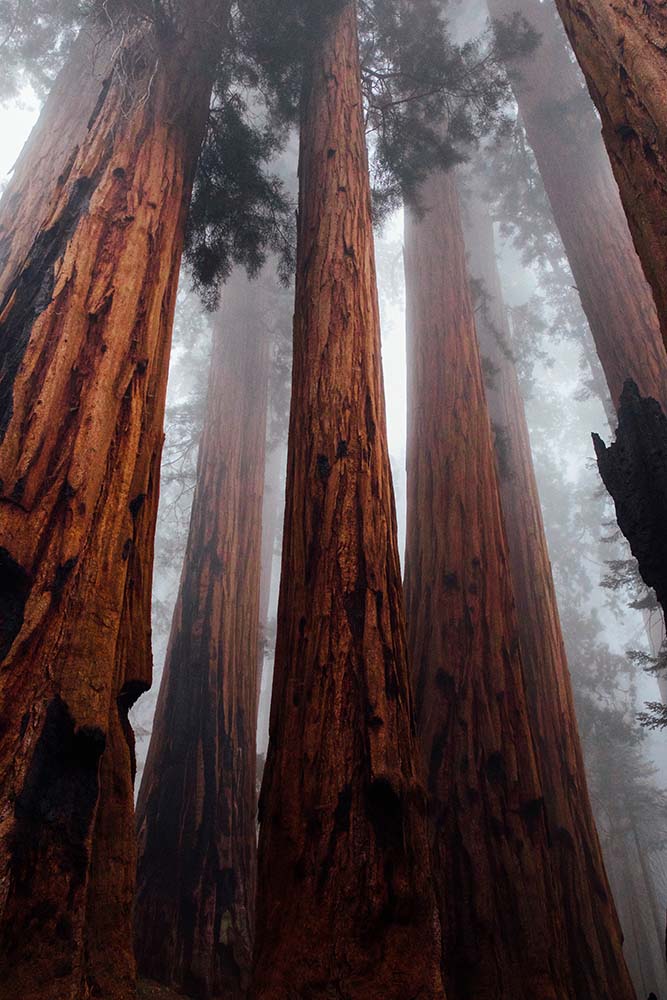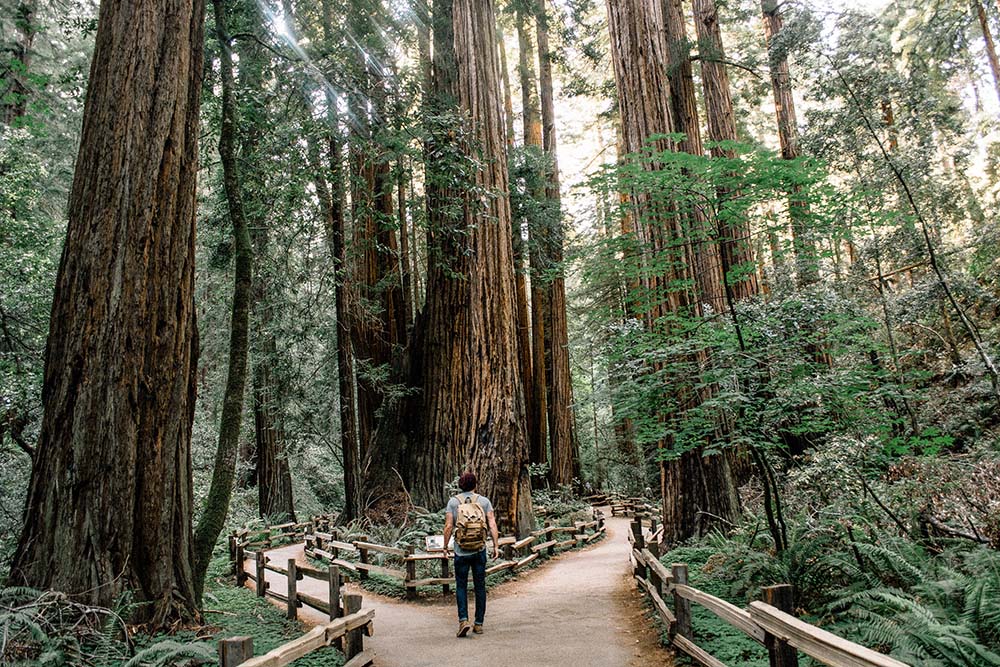The secret to the legendary long life of redwood trees and giant sequoias lies in their genomes, a collaborative research team announced today.
This new research, which identifies the genomic makeup of these tree species, helps scientists and conservationists better understand the genetic basis for these species’ ability to adapt to their changing environment. Through comparative analysis, the research also indicates that the coast redwood genome evolved from a single ancestral species.
The team is led by David Neale, a plant sciences professor emeritus at University of California, Davis, and includes NAU scientists Amanda De La Torre and collaborators from Save the Redwoods League, Johns Hopkins University and the University of Connecticut. This announcement follows the publication of research on the coast redwood, which was published earlier this week in G3: Genes, Genomes, Genetics. The researchers previously made available the completed giant sequoia genome sequence, published in G3 in November 2020. The coast redwood and giant sequoia genome sequence data is available to the scientific community on the Neale Lab’s UC Davis website.

“It’s remarkable how far genomics research has come since we undertook this challenge in 2017,” Neale said. “Our work on the coast redwood and giant sequoia genomes will enable us to develop modern genetic tools that can be used in the restoration and conservation of these ecologically important tree species.”
De La Torre, an assistant professor in the School of Forestry whose work focuses on tree genomics, performed the population genomics analysis, estimating the nucleotide diversity and other genetic parameters in populations across each of the species’ range.
“The genome reference allowed the development of high-resolution genetic markers that were used to identify significant associations between genes and drought tolerance,” she said. “This helps us to identify individuals and populations that could be used for restoration and conservation in the endangered species.”
The league and its research partners launched the Redwood Genome Project in 2017. Project partners outlined an ambitious plan to

fully sequence the coast redwood and giant sequoia genomes for the first time, using new conifer genetic sequencing techniques. The genomic resources and screening tools that can now be developed will allow researchers to quickly assess evolutionary adaptive potential in these forests and ultimately inform forest restoration and management plans.
De La Torre also was the lead author on two supporting papers. A study published in The Plant Journal in November looked at 10
drought-related traits in the genomes of the coast redwood and giant sequoia and identified a number of associations between genes and traits that determine how trees respond to drought condition. The study contributes to a better understanding of the genomic basis of drought tolerance in these and similar species and helps guide conservation efforts, which is more critically important as fires in recent years in California have devastated the populations of these long-generation trees.
Her other paper, published in Genes, looks at how moisture and temperature-derived environmental variables are associated with different genes in different populations of the coast redwood and giant sequoia. This research is an important first step in identifying genomic regions of adaptive significance in the two types of trees and will provide information that will guide management and conservation strategies in the future, particularly in the face of a rapidly changing climate.
Heidi Toth | NAU Communications
(928) 523-8737 | heidi.toth@nau.edu




